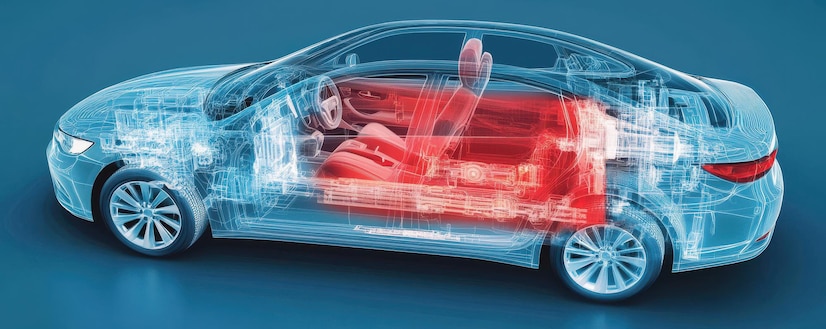
The Intersection of Design and Safety Automotive Design and Crashworthiness Research
The Balancing Act of Form and Function
Automotive design is a delicate balance between aesthetics and functionality. While sleek lines and eye-catching curves may captivate consumers, the primary goal of a vehicle is to protect its occupants in the event of a crash. This is where crashworthiness research comes into play.
The Science Behind Safety
Crashworthiness engineers work tirelessly to develop innovative safety technologies that can mitigate the impact of a collision. By analyzing real-world crash data and conducting computer simulations, they can identify potential weaknesses in vehicle design and develop solutions to improve safety.
Key Factors Influencing Crashworthiness
Several factors contribute to a vehicle’s crashworthiness:
- Vehicle Structure: The overall structure of a vehicle, including the frame, body panels, and reinforcements, plays a crucial role in absorbing and dispersing impact energy.
- Safety Features: Advanced safety features such as airbags, seatbelts, and electronic stability control (ESC) can significantly reduce the risk of injury.
- Material Selection: The choice of materials, such as high-strength steel and lightweight aluminum, can influence a vehicle’s weight, rigidity, and crashworthiness.

The Role of Computer Simulations
Computer simulations, powered by sophisticated software, have revolutionized the way automotive engineers design and test vehicles. By creating virtual crash scenarios, engineers can analyze the behavior of vehicles under various impact conditions, allowing them to identify potential safety issues and make necessary design modifications.
The Future of Automotive Safety
The future of automotive safety is promising, with advancements in technology driving innovation. Some of the emerging trends include:
- Autonomous Vehicles: Self-driving cars have the potential to significantly reduce accidents caused by human error.
- Advanced Driver Assistance Systems (ADAS): ADAS technologies, such as adaptive cruise control and lane departure warning, can help prevent accidents.
- Lightweight Materials: The use of lightweight materials can improve fuel efficiency and enhance crashworthiness.
- Improved Pedestrian Protection: Designing vehicles with pedestrian safety in mind can reduce the severity of injuries in pedestrian accidents.
The Ethical Considerations of Automotive Design
As automotive design and technology continue to evolve, ethical considerations become increasingly important. Designers and engineers must balance the pursuit of innovation with the responsibility of ensuring the safety of all road users. This includes addressing issues such as cybersecurity, privacy, and the potential for misuse of autonomous vehicle technology.
By combining cutting-edge technology, rigorous testing, and a commitment to safety, the automotive industry can continue to develop vehicles that are not only stylish and efficient but also capable of protecting lives.



